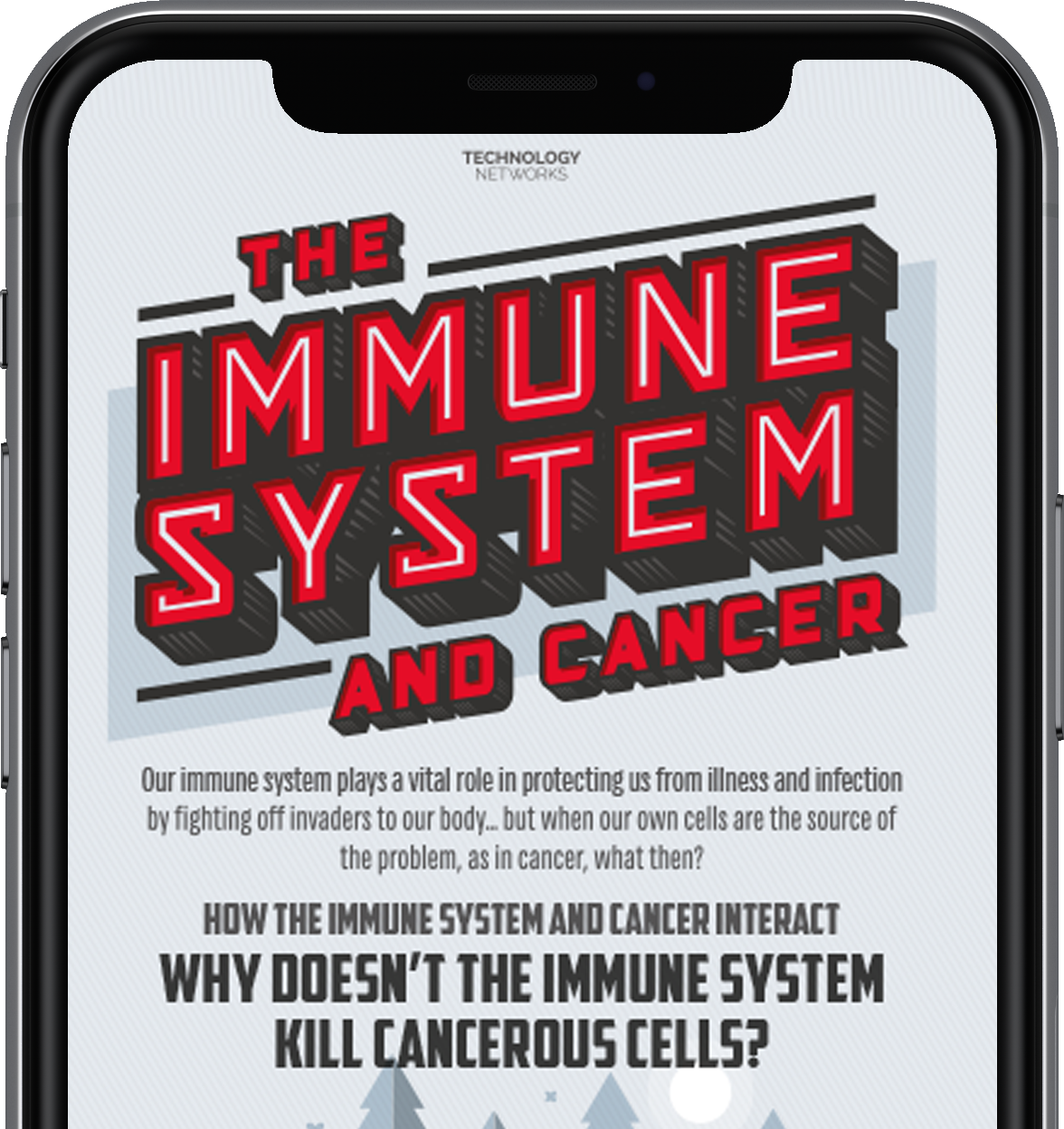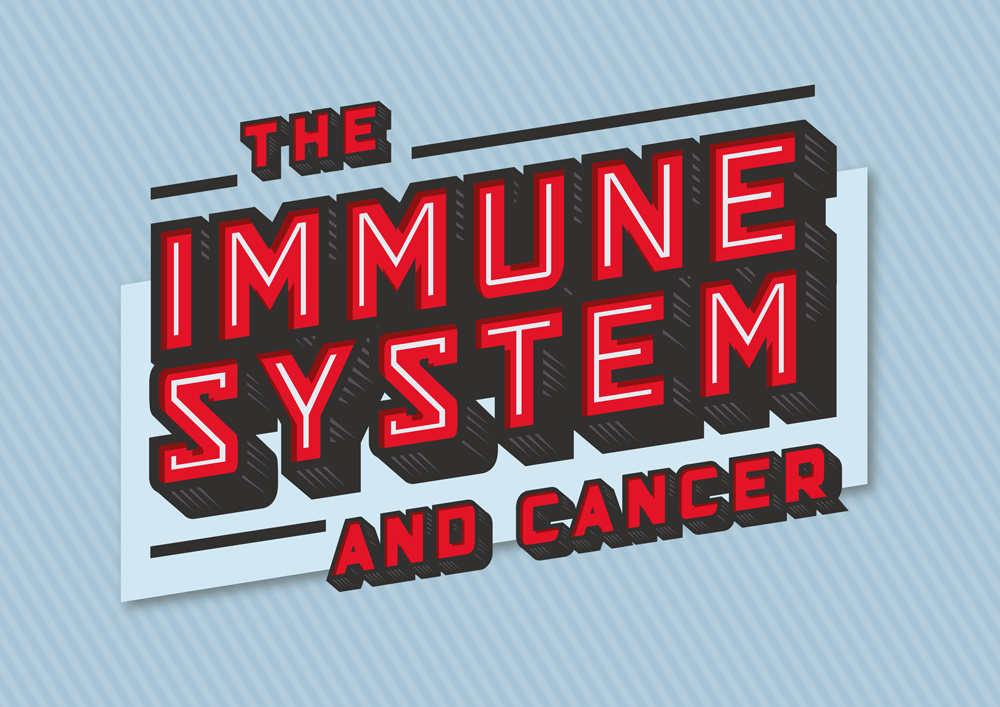Our immune system plays a vital role in protecting us from illness and infection by fighting off invaders to our body… but when our own cells are the source of the problem, as in cancer, what then?
How the immune system and cancer interact
Why doesn’t the immune system kill cancerous cells?




The short answer is, it’s complicated!
The immune system has two arms…
1
the innate immune system provides the rapid response
the adaptive immune system is more discriminatory and takes
2






Many of the cells in the innate immune system produce cytokines or interact with other cells directly to activate the adaptive immune system.
innate immunity
Adaptive Immunity





The immune system differentiates non-self from self by recognizing foreign antigens.
In cancer cells, mutations can lead to expression of tumor-specific antigens, alter protein quantity, processing and subsequent antigen presentation all of which can lead to their identification as non-self by our immune systems. This is termed immune surveillance1
However, evidence suggests2 that the environment surrounding neoplastic cells (including immune cells and immune modulators) plays an important role in determining which cells go on to develop into tumors. Neoplastic cells that are poorly immunogenic may go undetected and are therefore selected for. This has been termed cancer immunoediting
Neoplastic cells can also subvert the immune system for their own benefit…





Tumor antigen-specific helper and cytotoxic T cells
Production of proinflammatory cytokines and other factors
Accumulation of suppressive cell populations that inhibit instead of promote immunity3
During inflammation as part of the innate response to neoplastic cells, angiogenesis may increase as the body attempts to heal itself. However, the formation of these new blood vessels creates an ideal environment for any neoplastic cells that may have evaded immune detection
supplying them with a good blood supply with which to promote tumor growth.
If cancer reaches the bone marrow, a vital production hub for immune cells, it can directly weaken the immune system.
A link to metastasis
The immune system has been linked to reducing and enhancing metastatic spread.
Growth of a primary tumor induces an immune response, which may be insufficient to destroy the primary tumor, but prevents the growth of additional tumors, termed
concomitant immunity.4
Consequently, with surgical removal of the primary tumor, inhibition of metastatic growth may be lifted, facilitating secondary tumor growth.
Effects of cancer treatments on the immune system
Some treatments designed to kill cancer cells may also temporarily weaken the immune system by killing immune cells or reducing their rate of production.5


Chemotherapy
kills dividing cells
Targeted cancer drugs
aim to exploit differences between
cancer and normal cells





Radiotherapy
damages DNA within cells
High dose of steroids
reduce inflammation, tumor-induced
responses and side effects of other treatments


Hijacking the immune system to treat cancer: Immunotherapy
Recent advances in cancer treatment take advantage of and harness a patient’s own immune system to destroy cancerous cells and compliment conventional therapies.6


vaccines


antibody therapies


t-cell therapies
that target the adaptive immune system…
…or more general immunotherapies utilizing


t-cell therapies


t-cell therapies
Vaccines for cancer can be challenging as tumor cells continue to acquire mutations, enabling
immune escape,
and the tumor microenvironment can be immunosuppressive.7
T cells that are chronically exposed to antigen, can upregulate inhibitory molecules (e.g. PD-1)8 that supress their activation, sometimes called an
"exhausted" T cell phenotype.
Checkpoint inhibitors
that block these inhibitory molecules therefore show great promise,9
but there is still a long way to go.

Want a PDF version of this infographic?
Download and keep the infographic here.













